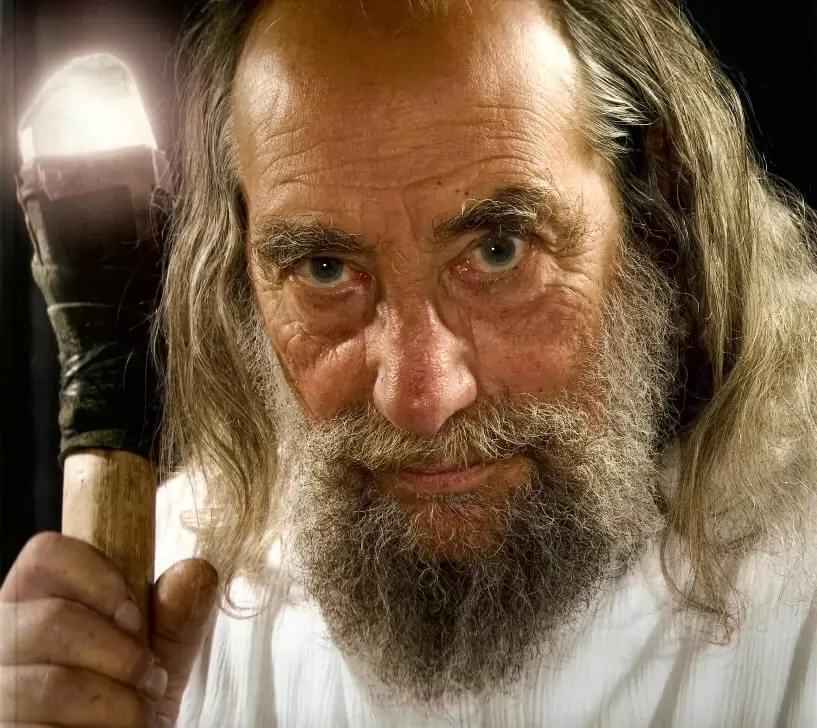The British Revival
It was still remembered in the Celtic West that the Romans had invaded Britain and destroyed their magical wizards and indigenous culture. More recently at the Synod of Whitby in the seventh century the Papacy in Rome had used the newly converted and recently arrived Anglo Saxons to take control away from the existing Celtic Church authorities. Shortly after this, in the early Eighth Century, Bede wrote his influential “Ecclesiastical History of the English People” which lavishes praise on Augustine and the missionaries who were sent from Rome by Pope Gregory the Great to convert the “pagan” Anglo-Saxons.
Bede’s mytho-dynamic creation of “The English” as a people was taken up by Alfred the Great who made the fiction a reality by giving them a religious based legal system and government. Bede gave little credit to the Irish Monks who between the Fourth and Eighth Centuries almost single-handedly preserved the intellectual culture of Europe. Invasions by Goths and Lombards together with the Great Plague of the Sixth Century had left Rome little more than a provincial backwater.
It had not been forgotten by the British on the fringes of the Roman Empire that the increasingly Caesaro-papist Roman Pope fully backed the Norman Invasion of Britain, their seizure of most of the land and their destruction of the legitimate episcopalian succession of the Anglo-Saxon Christians.
A Wizard at the Court of King Arthur
A unique element in Geoffrey’s history and its various popular expansions is the presence of a wizard at the Court of King Arthur together with bishops and knights with a code of chivalry. This is quite extraordinary. The emphasis on warrior virtues and magic is typical of the ancient culture of the British People who had been subjugated by a Roman invader whose interests were mainly economic. The Roman materialists were unthreatened by their crude superstitious religious cults and their warrior class had absolutely no concept of chivalry. The Matter of Britain rapidly became immensely popular all over Europe. Images of Arthur can be seen in many Romanesque churches there.
The French Subvert the Narrative
The French writer Chretien de Troyes did his best to undermine the myth by subverting the narrative. In this version a feeble Arthur is cuckolded by a new outsider, the knight Lancelot, who is a superior warrior to Arthur. In his revision of the myth, written half a century later than the original, romantic love for beautiful women is more important than magic, loyalty and success in war. This was not surprising as his patroness was a daughter of that remarkable queen, Eleanor of Aquitaine. Eleanor not only cuckolded her husband the king of France whilst on a crusade with him but divorced him to marry the King of England and spent her later years urging her sons to go to war against her second husband Henry II. Earlier in the Twelfth Century she founded a school of romantic love and paid poor clerics to write songs and stories in which young knights pledged loyalty to dominant women rather than to their liege lords or God.

